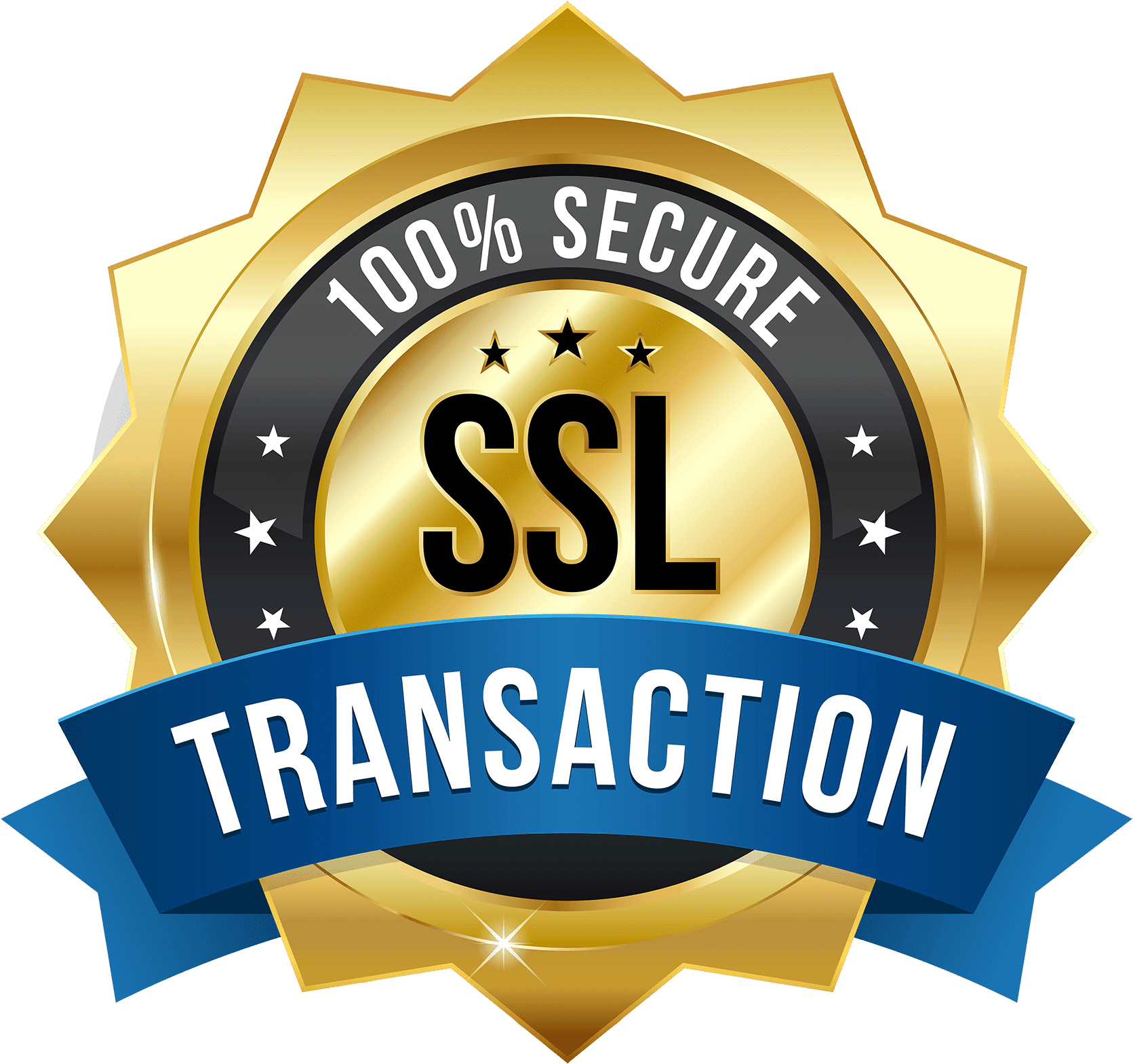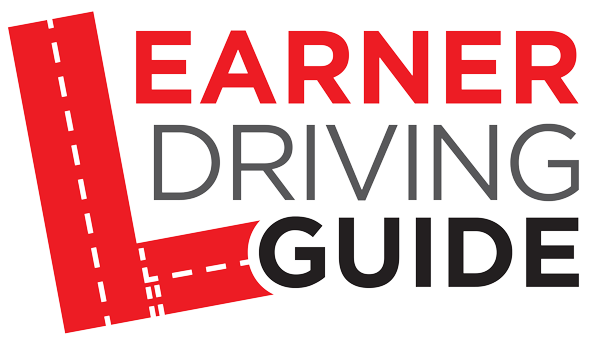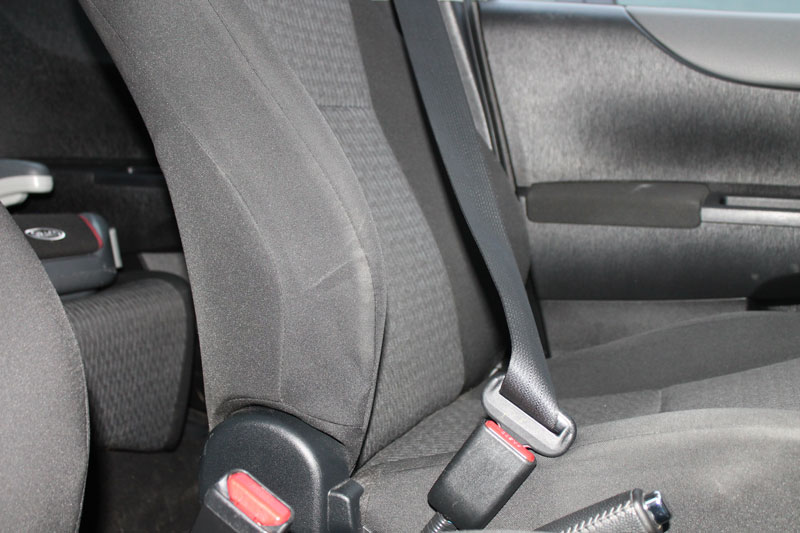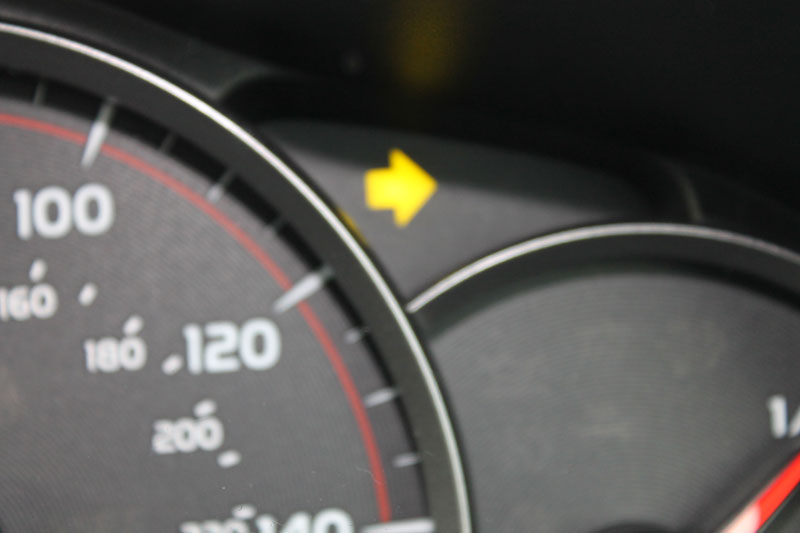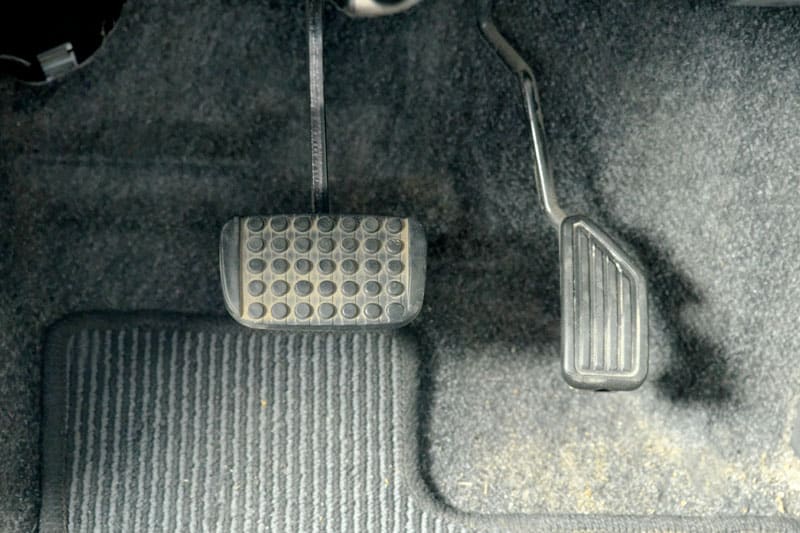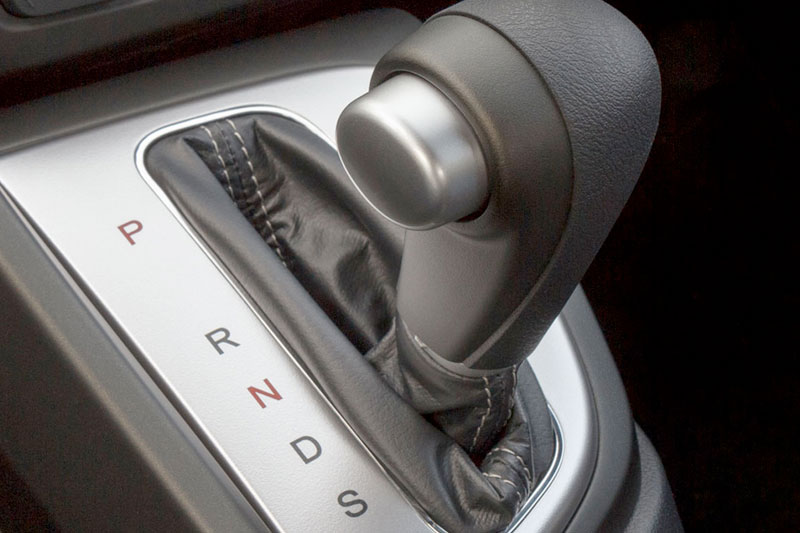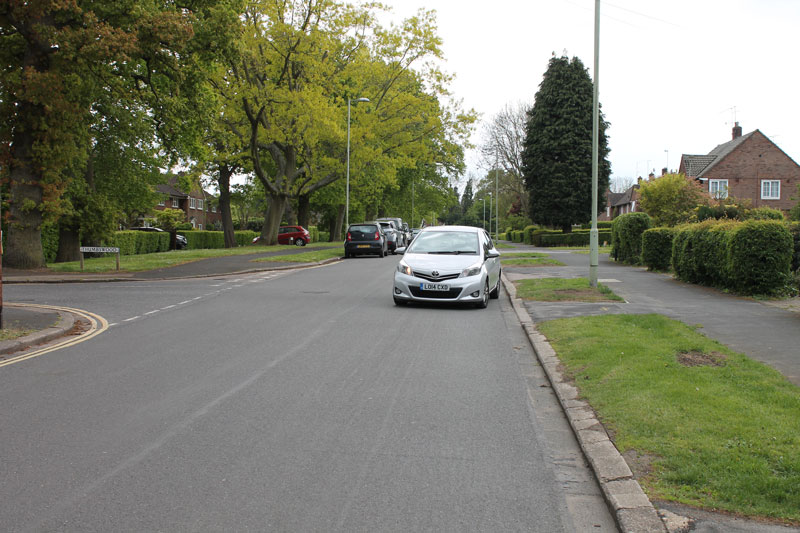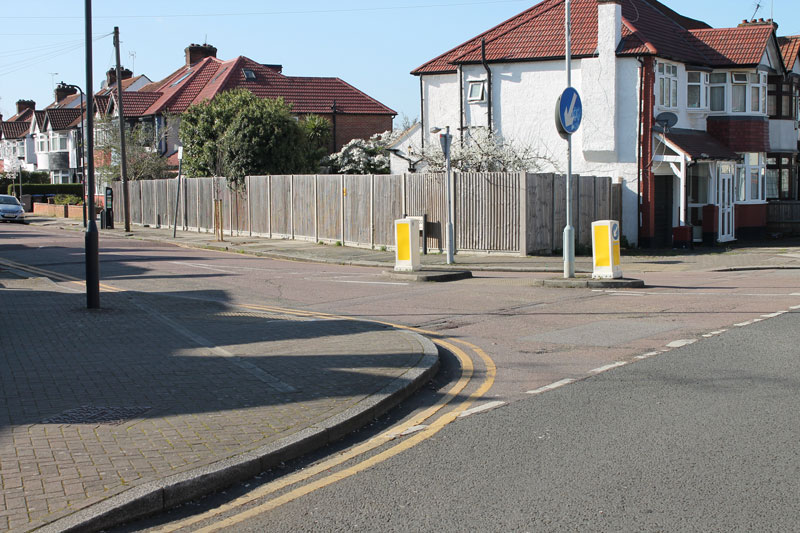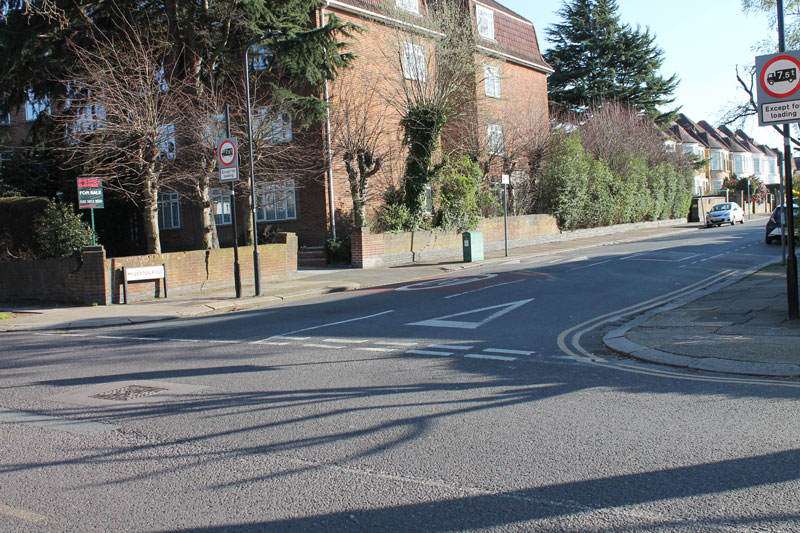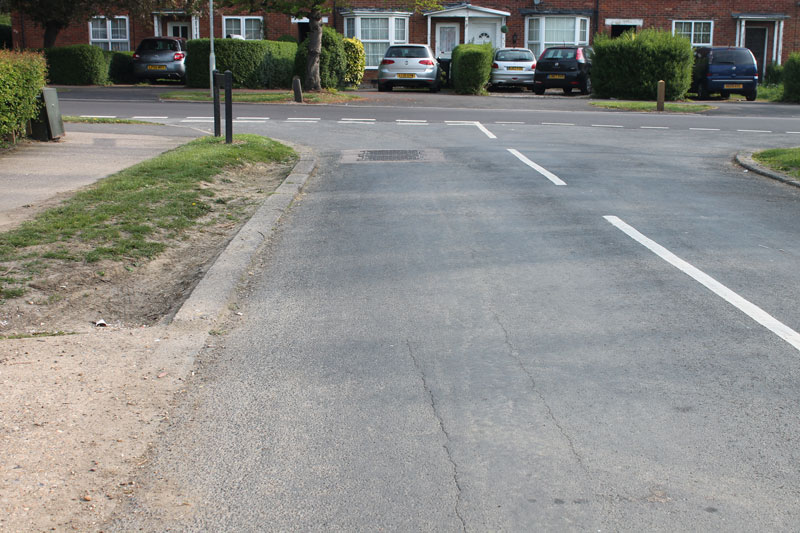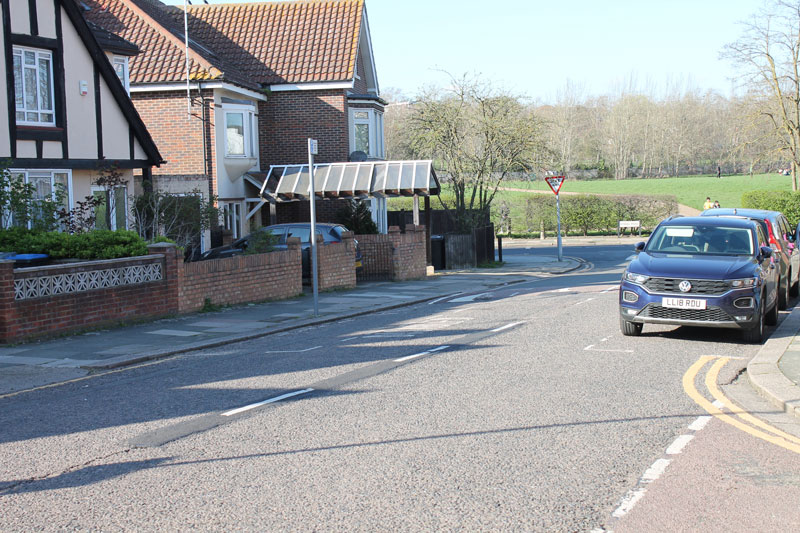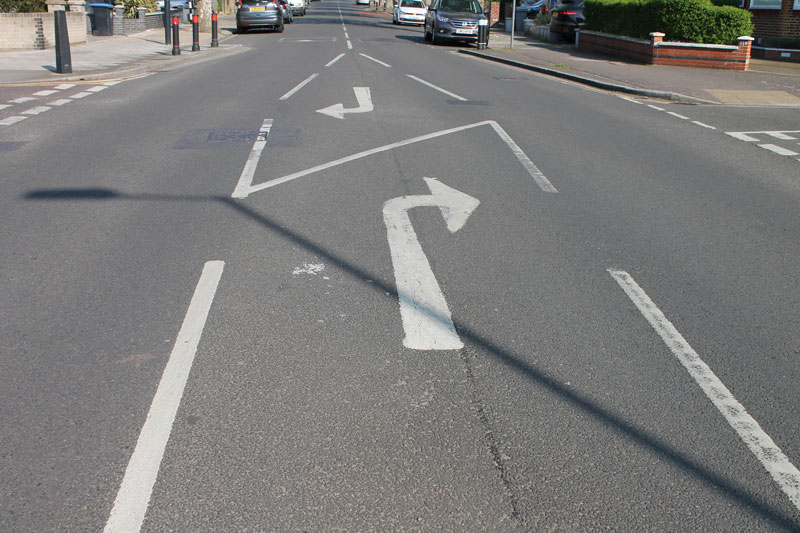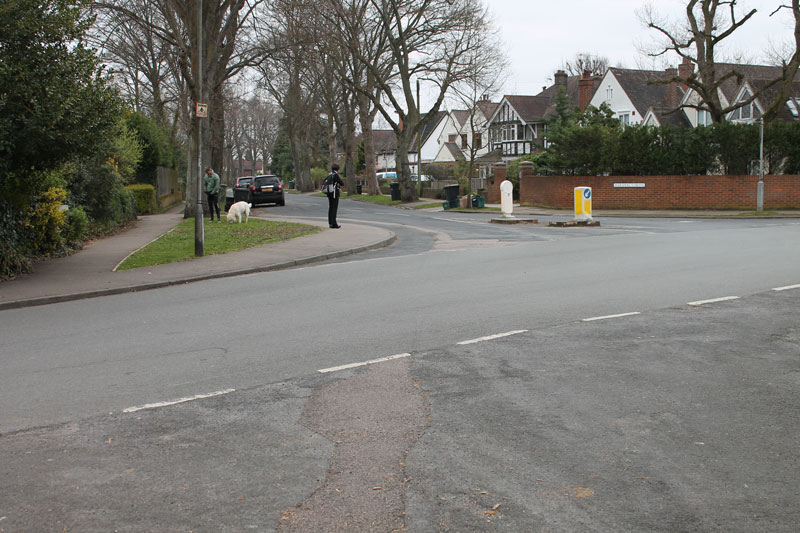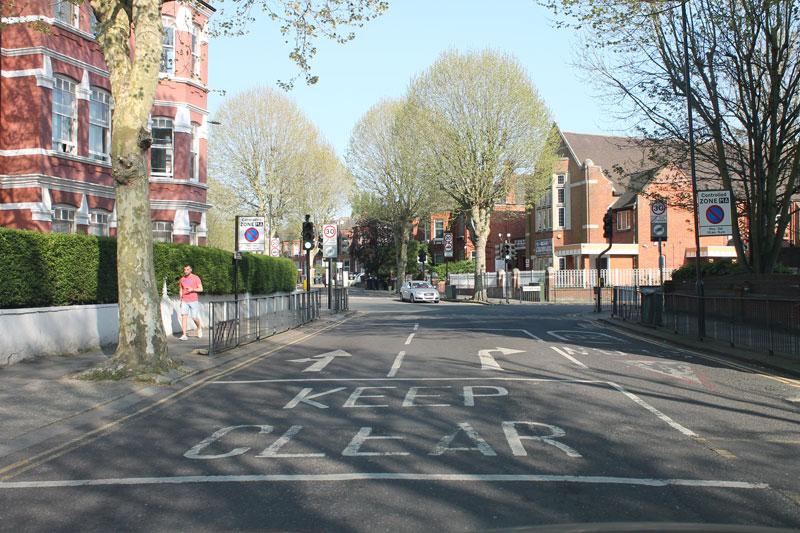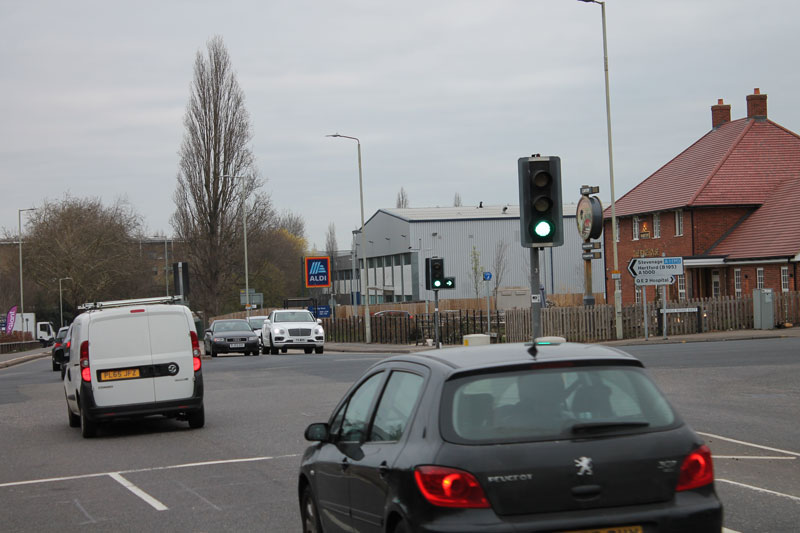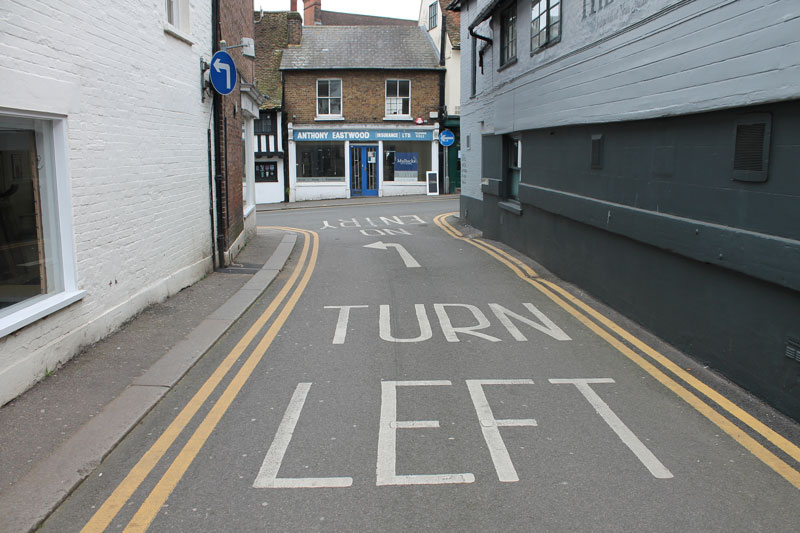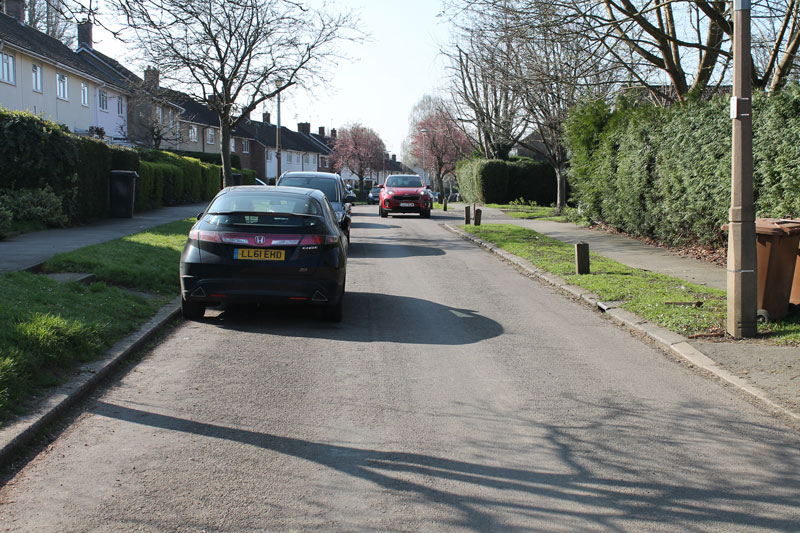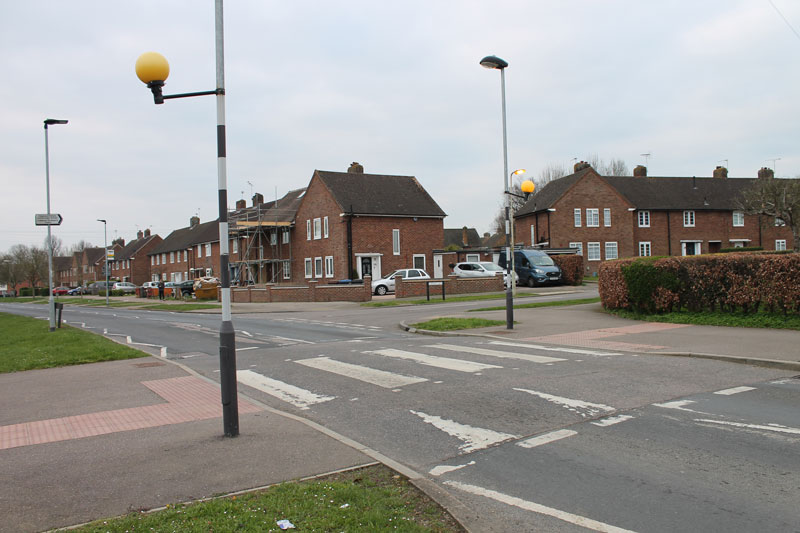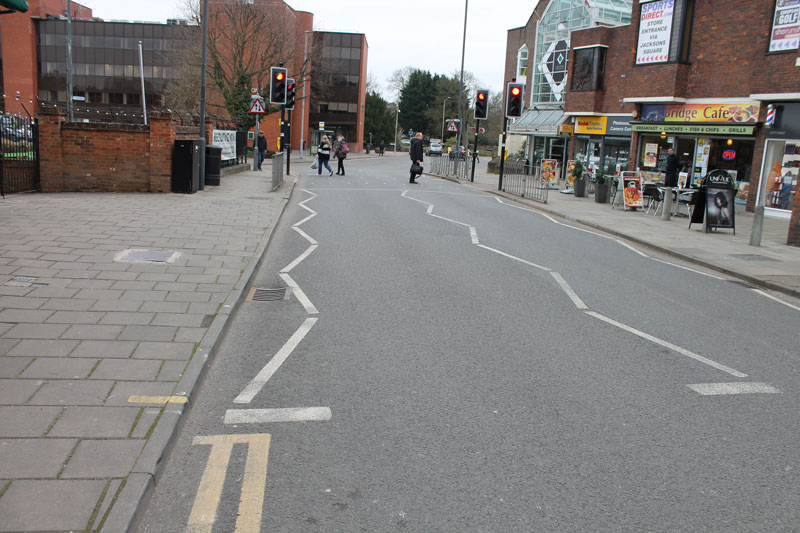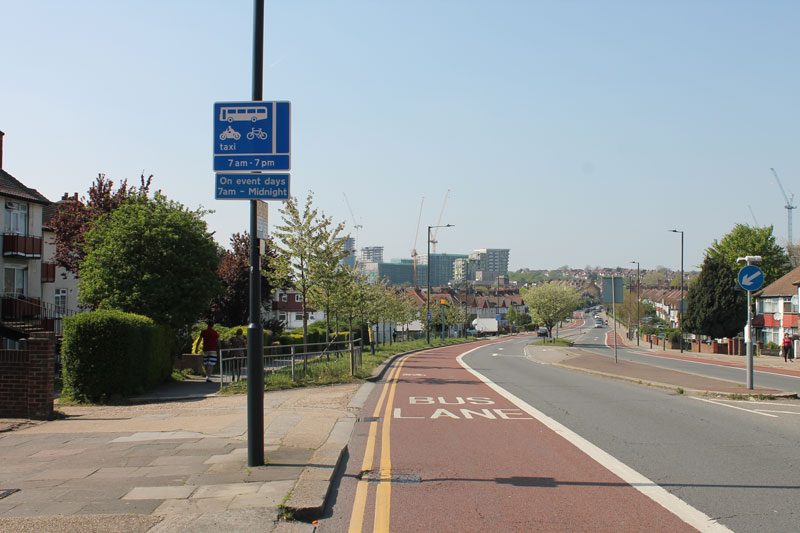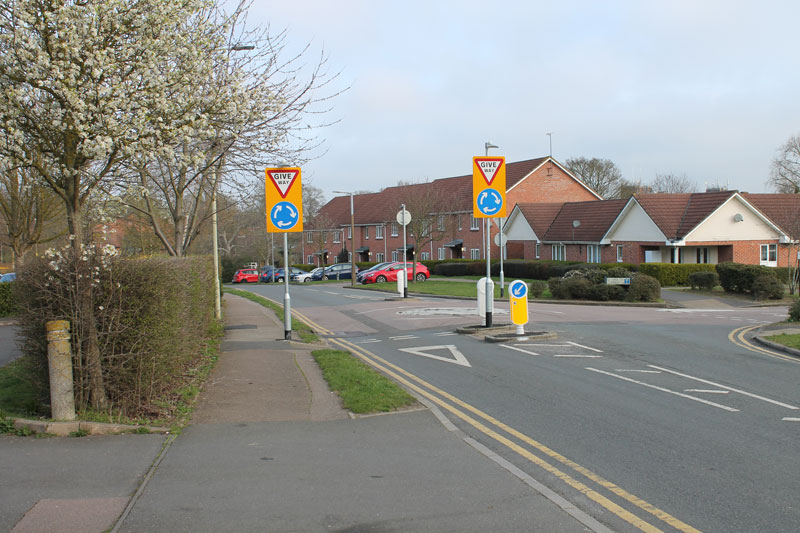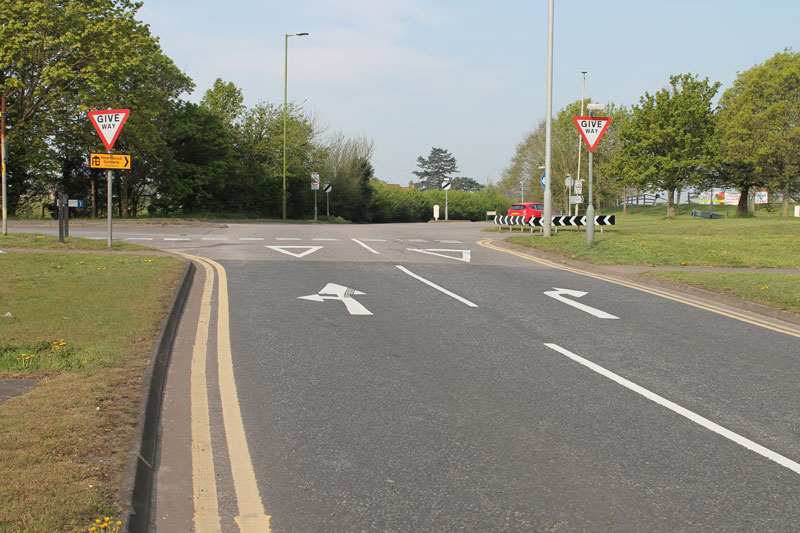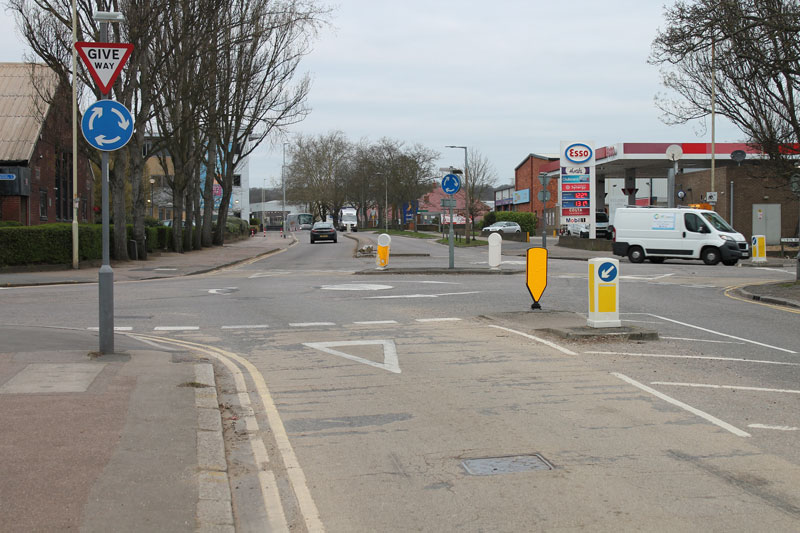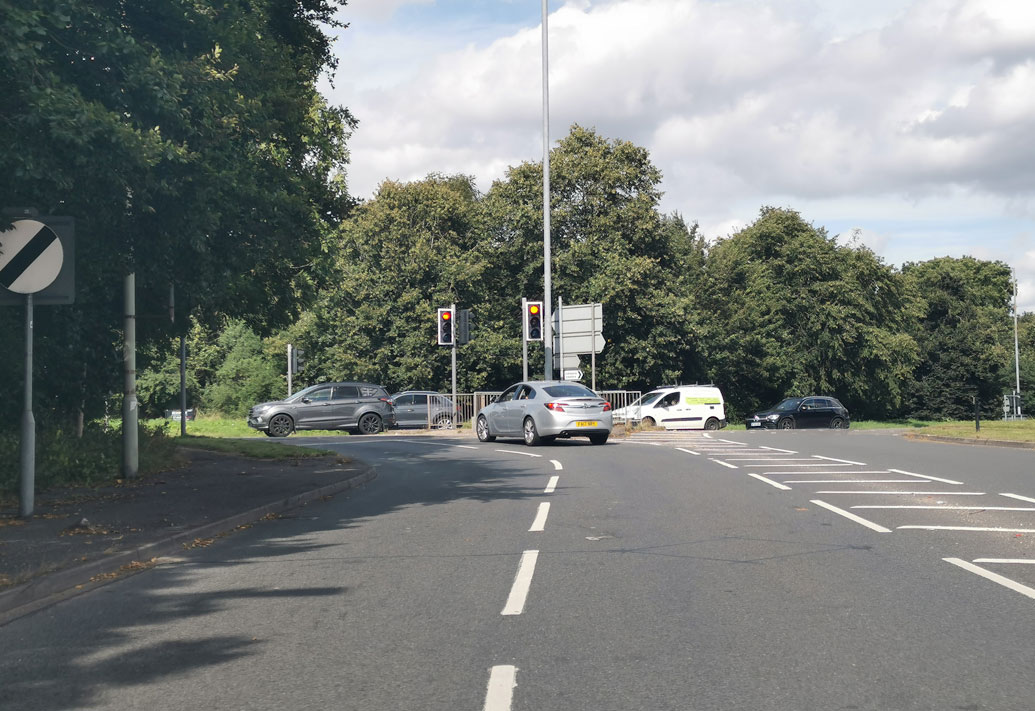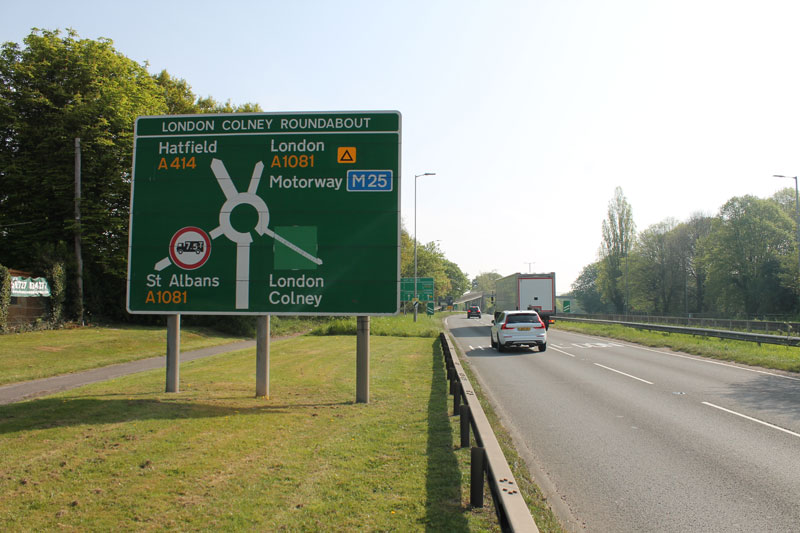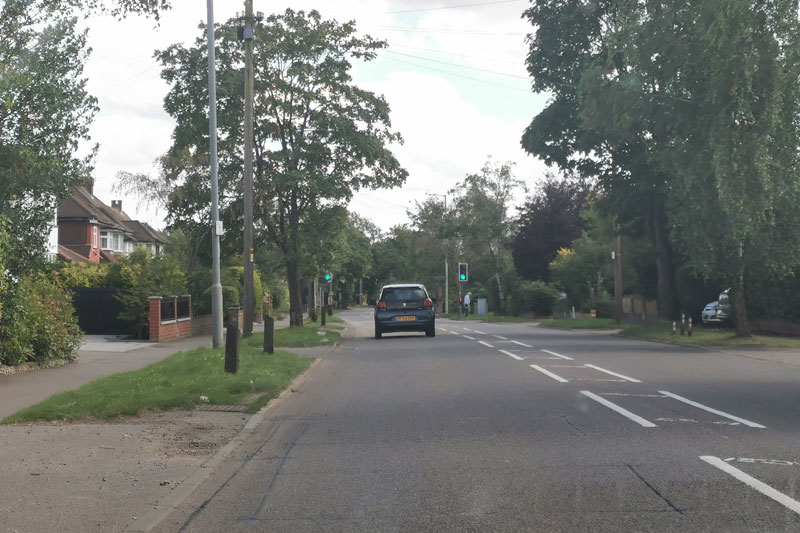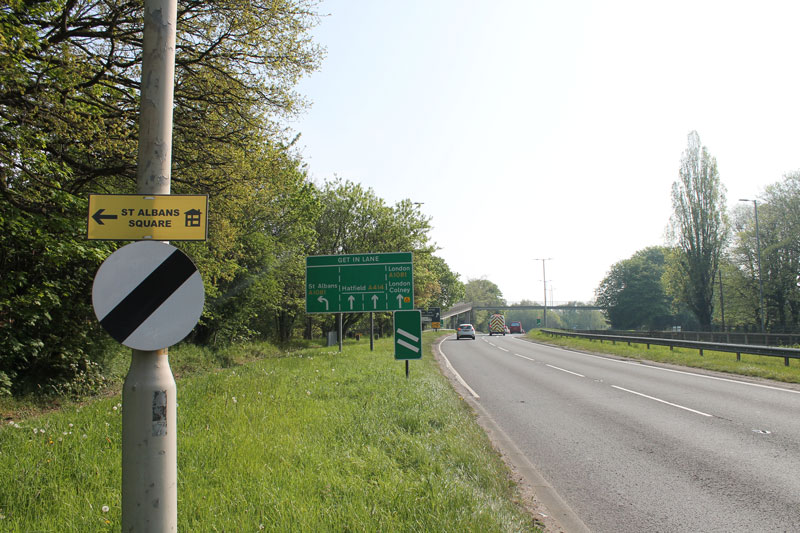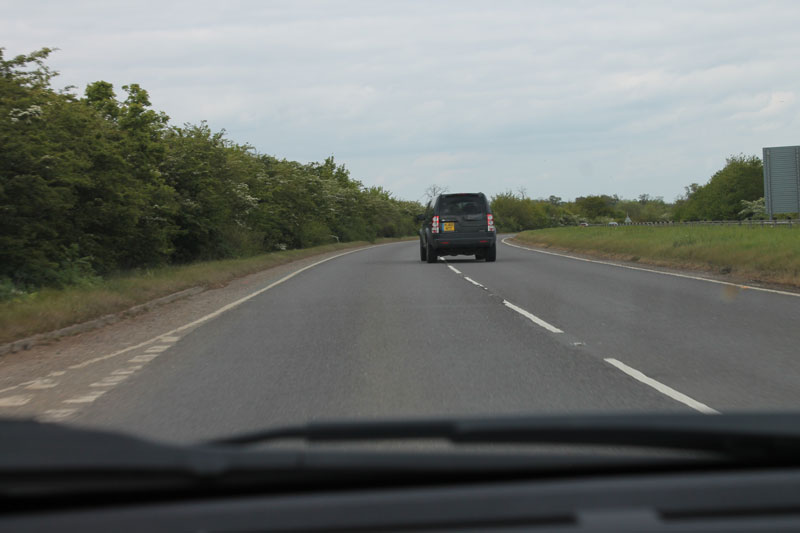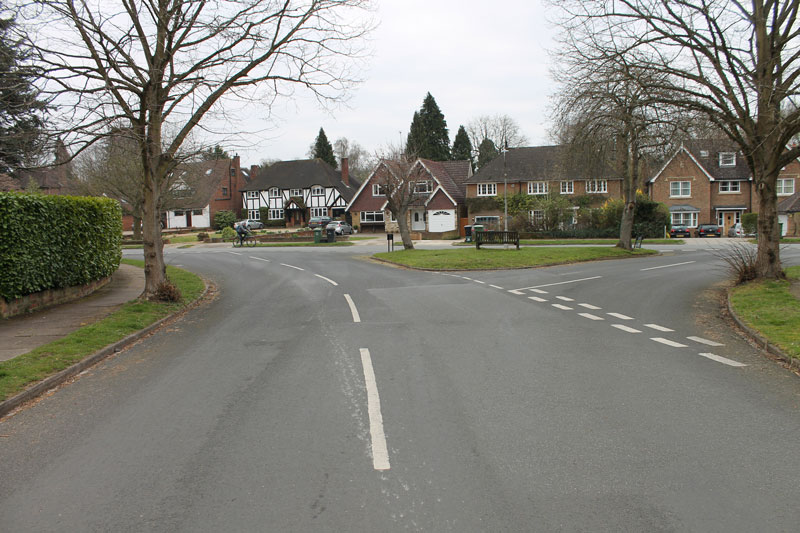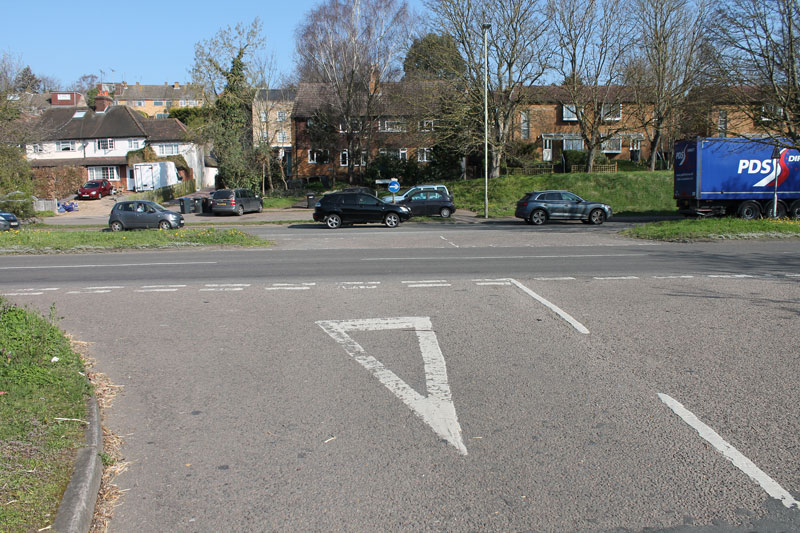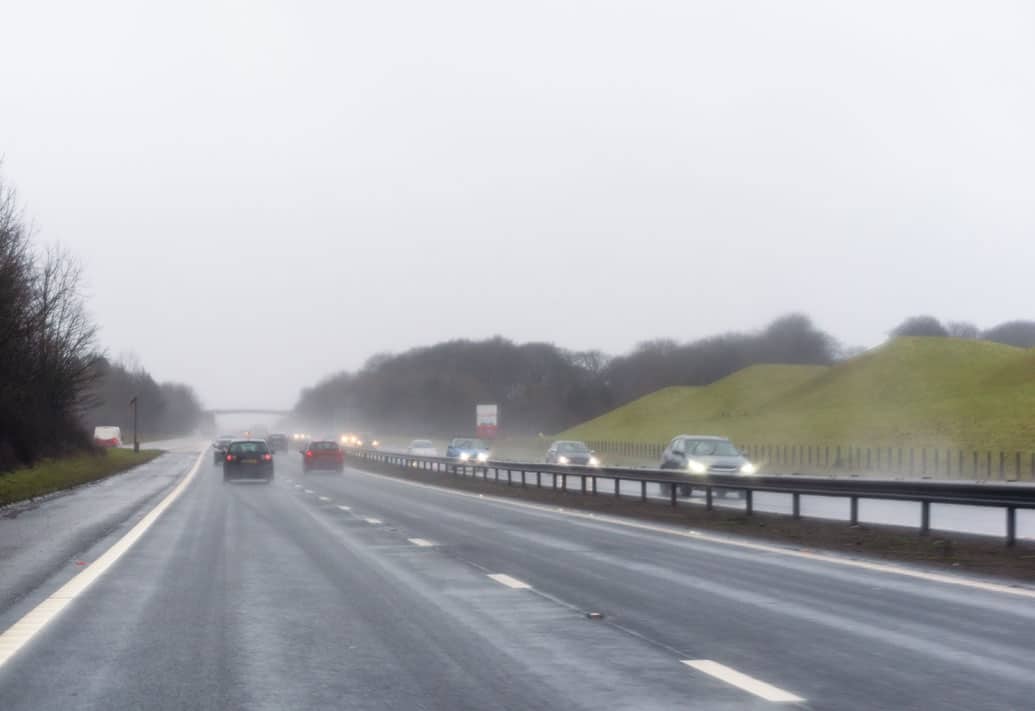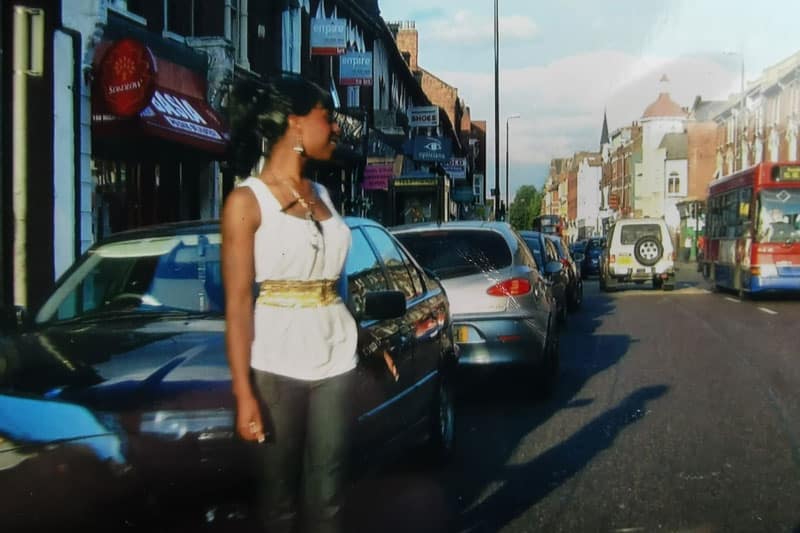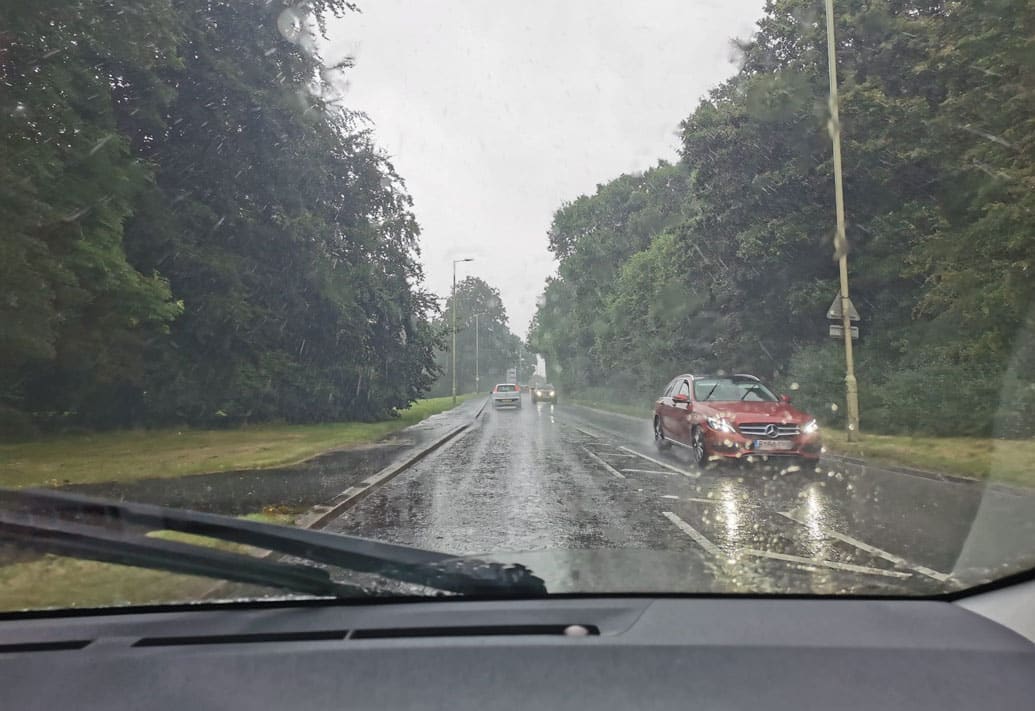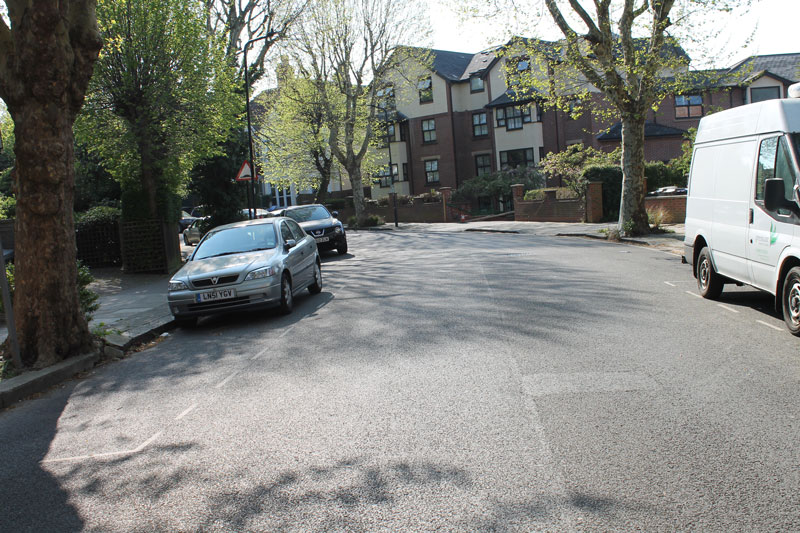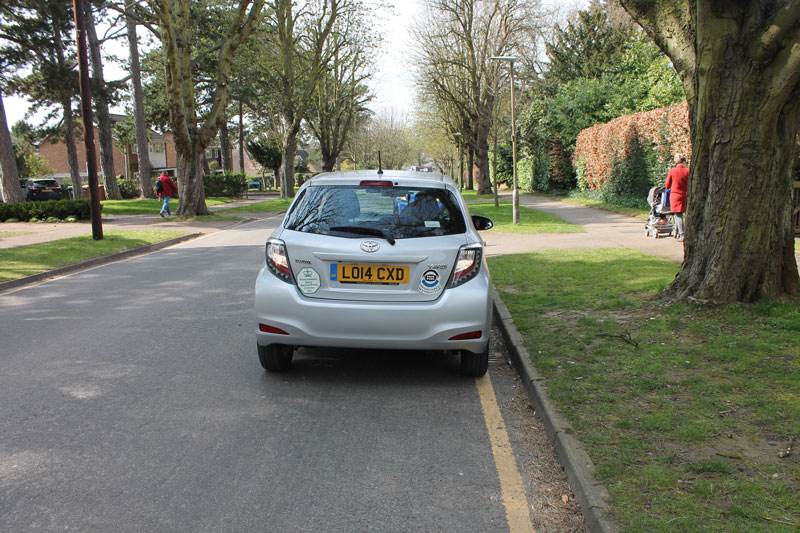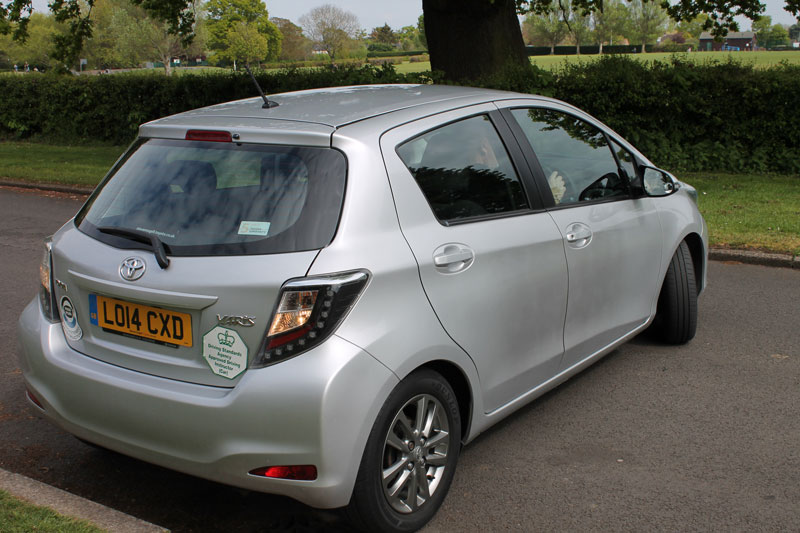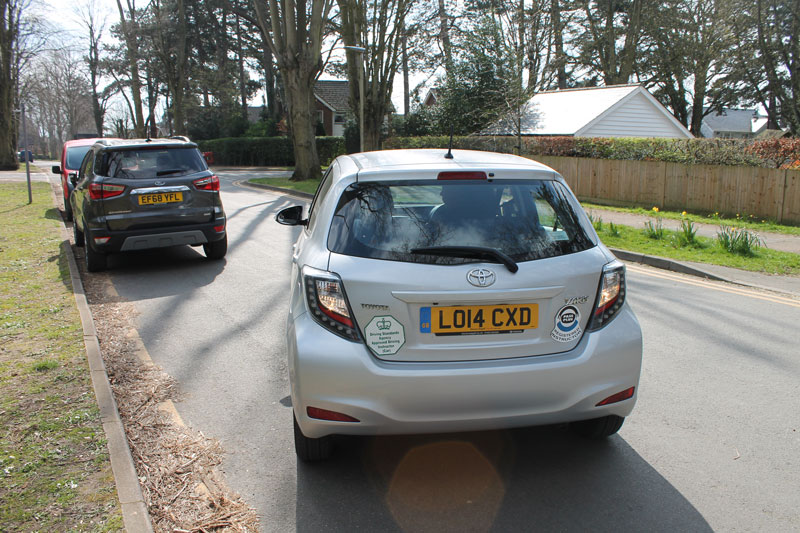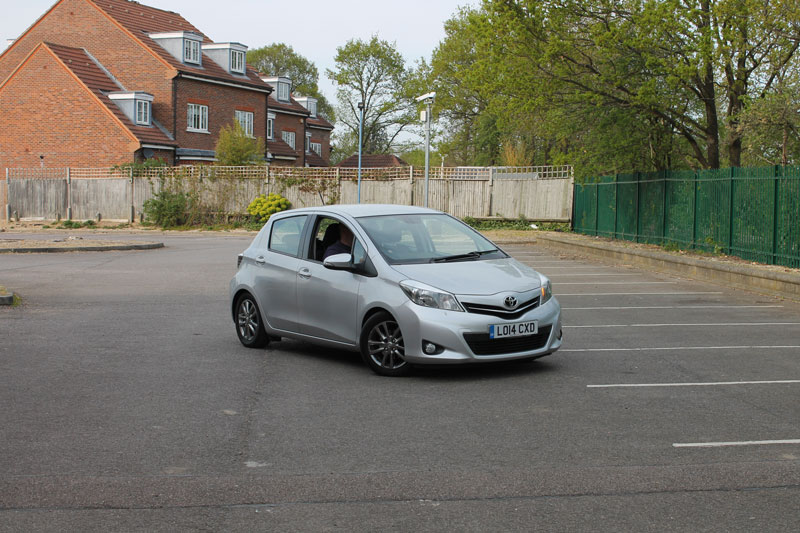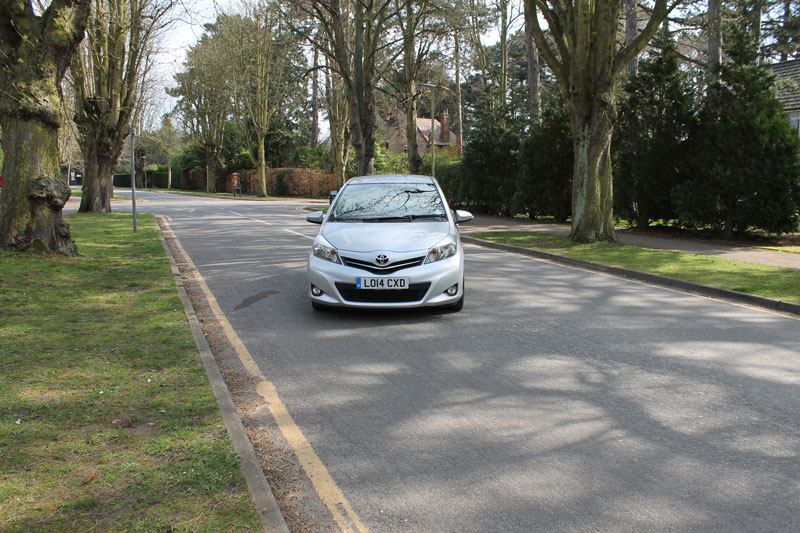AUTOMATIC – VIDEO DRIVING LESSONS
Want to pass your automatic driving test? The Learner Driving Guide you will build your understanding of how an automatic car works and take you through the full DVSA syllabus step-by-step, increasing your confidence and your skills around timing, observation and travelling at a safe and appropriate speed.
Maximise your driving practice and pass your automatic driving test with the Learner Driving Guide.
and adapting to new blue subscribe box for all automatic syllabus lesson click throughs to the sign in page.
The Automatic Syllabus
1. Cockpit drill
How to prepare yourself in the correct position for driving – based on the DSSSM routine.
2. Car controls
Learn all about vehicle controls – where they are positioned and how to use them.
3. Pedal control
Making your car move – downhill, uphill and on flat surfaces.
4. Auto gearbox
How the gearbox works and when to change gears.
5. Moving off and stopping
How to move off correctly, gain the correct road position, drive a short distance and pull up in a safe and legal position.
6. Approaching junctions to turn left
Learn how to approach major to minor roads and plan in advance for open or closed junctions.
7. Approaching junctions to turn right
Safely crossing the path of oncoming vehicles.
8. Emerging to turn left on T junctions
Turning left onto a major road.
9. Emerging to turn right on T junctions
Safely crossing two lanes of traffic.
10. Safely navigating uncontrolled crossroads
Moving from minor to major or major to minor roads and getting the correct positioning in different scenarios.
11. Safely navigating staggered crossroads
Where the junction is uneven and road positioning varies.
12. Safely navigating controlled two-way crossroads
Using traffic lights and road markings.
13. Safely navigating controlled 3 and 4-way crossroads
Using multiple traffic signals.
14. Safely navigating one-way roads
The correct positioning and street signs.
15. Meeting traffic of all types
Scanning and planning; prioritising and holding back – anticipating other road users’ intentions.
16. The uncontrolled pedestrian crossing
Identifying the different types of crossings and planning your approach.
17. The controlled pedestrian crossing
Identifying the different types of crossings and planning your approach.
18. Bus lanes
Bus lane times, signs and road markings.
19. Safely navigating mini roundabouts
Understanding priorities for a safe entry and exit.
20. Safely navigating a 2-lane roundabout
Planning your approach and dealing with lanes.
21. Safely navigating double and satellite roundabouts
22. Safely navigating part-time controlled roundabouts
Part or full-time traffic lights, stop and give way lines.
23. Safely navigating multi-lane roundabouts
High speed; 3, 4 or 5 lane roundabouts.
24. Planning ahead for driving on a single carriageway
Understanding how to drive according to the speed and condition of the road ahead.
25. Dual carriageway speed
When to drive at 40, 50, 60 or 70mph.
26. How to safely overtake on dual carriageways
27. Safely navigating Y junctions and junctions on a bend
Dealing with an impaired view, increased blind spots at open and closed junctions.
28. Safely navigating double junctions
29. Adequate stopping distances for all weather conditions
Understanding the different time gaps, to stop safely in all weather conditions.
30. Stopping in an emergency
When and how to perform an emergency stop.
31. All weather driving
Driving in sun, wind, rain and snow.
32. Appropriate progress
Matching your speed to suit the situation (blind bends, parked cars, pedestrian crossings etc.).
33. Reverse driving
Safely reversing in a straight line.
34. Safely performing a turn in the road
35. Parallel parking
How to park your vehicle safely and legally.
36. Forward and reverse bay parking
37. Pulling up on the right, driving in reverse and re-joining the road
Crossing the path of oncoming vehicles.
38. Understanding skidding
Preventing and safely correcting vehicle skids.
39. 'Show Me, Tell Me'
‘Show Me, Tell Me’ driving questions – part of the DVSA practical driving test.
40. Using satellite navigation
Learning to listen and follow instructions to reach your destination, without taking your eyes off the road.
41. Independent driving
Your ability to drive independently – part of the DVSA practical driving test.
42. Motorway driving
Subscribe Today
Only £19.99/Month
How to pass your driving test! All you need with this rolling monthly subscription - ideal for manual and automatic learners of all abilities.
Use The Learner Driving Guide for as long as you need to. No long tie-ins; no cancellation charges. Just full access to all our 42 lessons, for as long as you need.
